De Havilland Canada will pause production of its celebrated Q400 once it finishes delivering its current orders for the aircraft. It expects to complete these deliveries within the year.
According to reports, De Havilland Canada has asked suppliers to stop sending parts, beyond those necessary to complete production of its current Q400 orders. The company does not want to build any whitetail aircraft. And their current production plans include two such aircraft already. They have orders for 17 aircraft from airlines. It is not clear if production of the other two will go ahead.
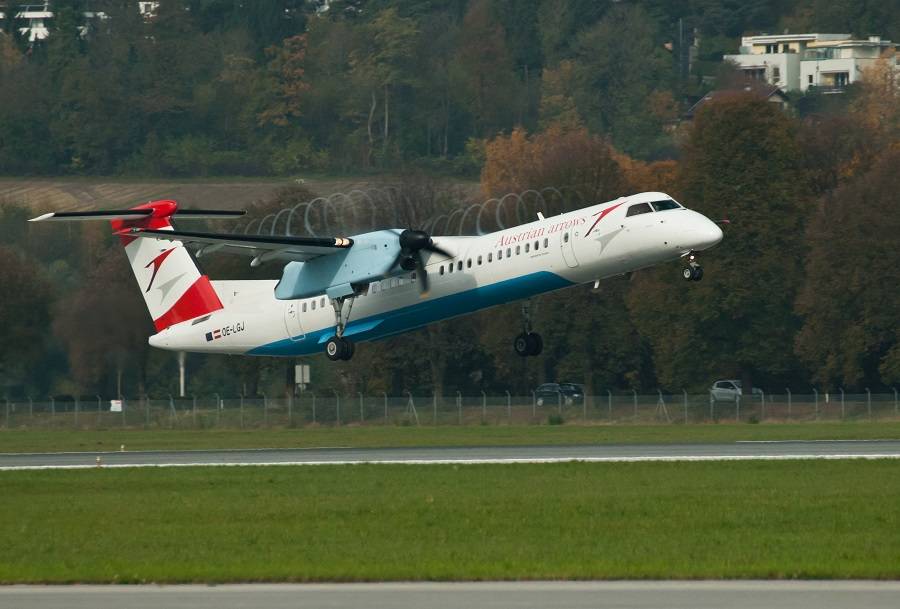
Currently, production of the aircraft is still taking place in the same factory Bombardier used. The site is on a lease, which expires in 2023. There has been some speculation about the possibility that De Havilland Canada might move Q400 production elsewhere. The company’s headquarters and factory are in Ontario.
However, Longview Aviation Capital and the rest of its operations (Viking) are in British Columbia. Longview is DHC’s parent company. But De Havilland Canada is stopping/pausing the Q400’s production well before the lease’s expiration. It seems that the fundamental reason is more simple: lack of demand. And this is quite a shame, because turboprops could see much demand, in the post-Covid era.
Production of turboprops, like the De Havilland Canada Q400 and its Dash-8 family, typically goes up in times of crisis. This is because the aircraft antagonize small, regional jets. The jets will always fly faster. But the turboprops will always be a bit more efficient. In good times, airlines and the public go for the jets. And, for the last couple of decades, this was the case.
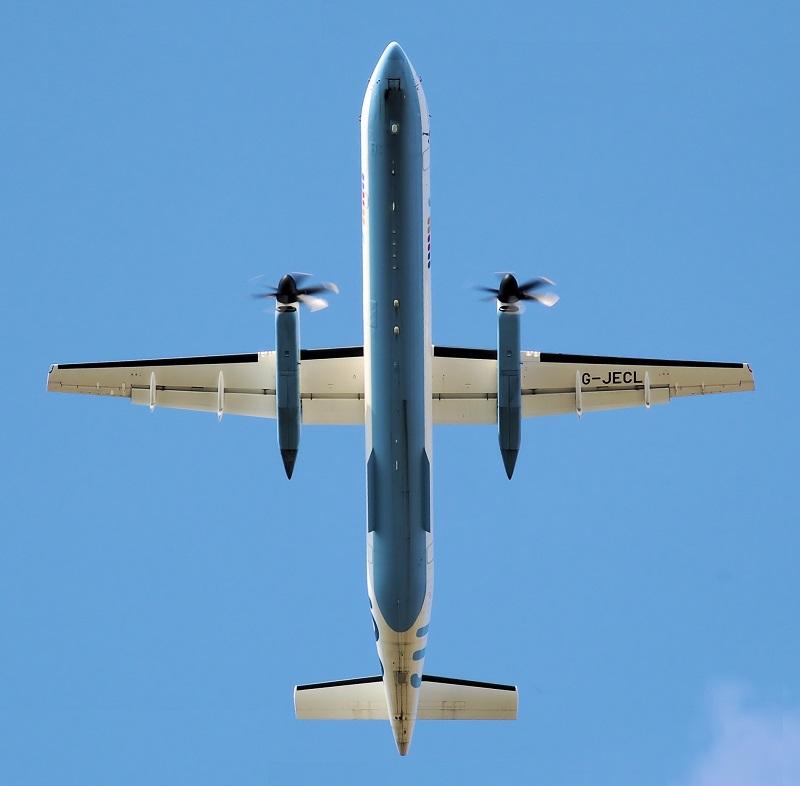
De Havilland Canada’s Q400 Production Origins
But that’s not how it always was. In the 80s and 90s, when De Havilland Canada started production of the Dash-8 and later the Q400, turboprops still ruled supreme. And this matters, because in the post-Covid world, many observers expect a return of the trend. But there are a couple of problems, in the way of De Havilland Canada and the Q400’s future production.
Firstly, the Dash-8 design isn’t new, or cheap. Its main rival is the ATR72, which recently got updated engines and propellers, for efficiency and noise reduction. The ATR is by no means new, either. But it is a bit lighter, and more affordable. ATR also still makes a shorter version in the 42, while DHC has stopped production of the shorter versions of its Dash-8.
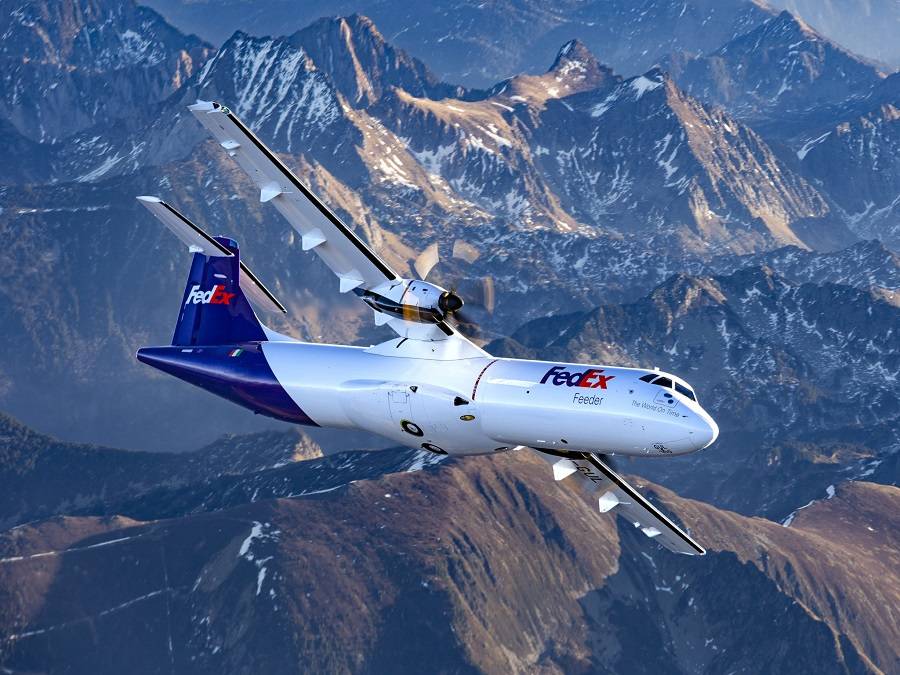
Secondly, for De Havilland Canada to put production of the Q400 in full swing, there needs to be demand. And that demand is seriously dampened by availability of stored/second-hand aircraft. According to Leeham News, there are 325 Dash-8 turboprops in storage. Most of them (186) are Q400s. There are also 51 -300s, 25 -200s and 63 -100s.
The situation is much the same with ATR’s stored aircraft. There are 354 ATR-42/72s in storage. But unlike De Havilland Canada’s Q400’s 17 orders, ATR is doing a bit better. Their ATR-72-600 has a backlog of 175 aircraft. And their smaller ATR-42 is doing fine, with 46 unfulfilled orders. DHC has stopped production of the Q300 (Dash-8-300), the ATR-42’s rival.
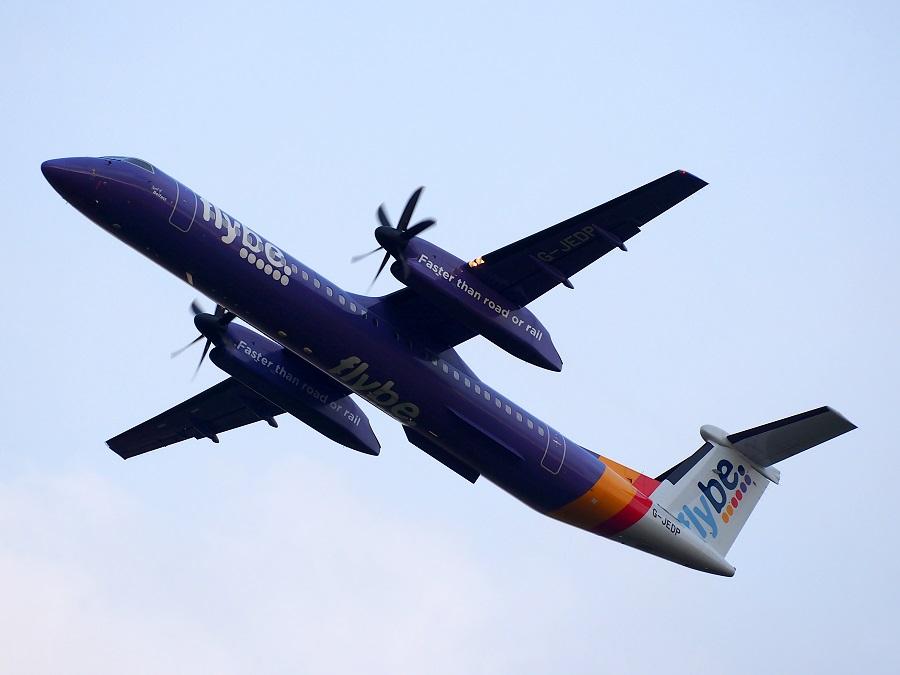
A Troubling Legacy And Future Competition
It’s worth pointing out that a lot of those stored planes are from a single source. De Havilland Canada must rue the demise of FlyBe, as production of Q400 aircraft, competes with the airline’s former fleet. Now in the hands of lessors, some of these aircraft could return to service, if FlyBe’s revival efforts bear fruit.
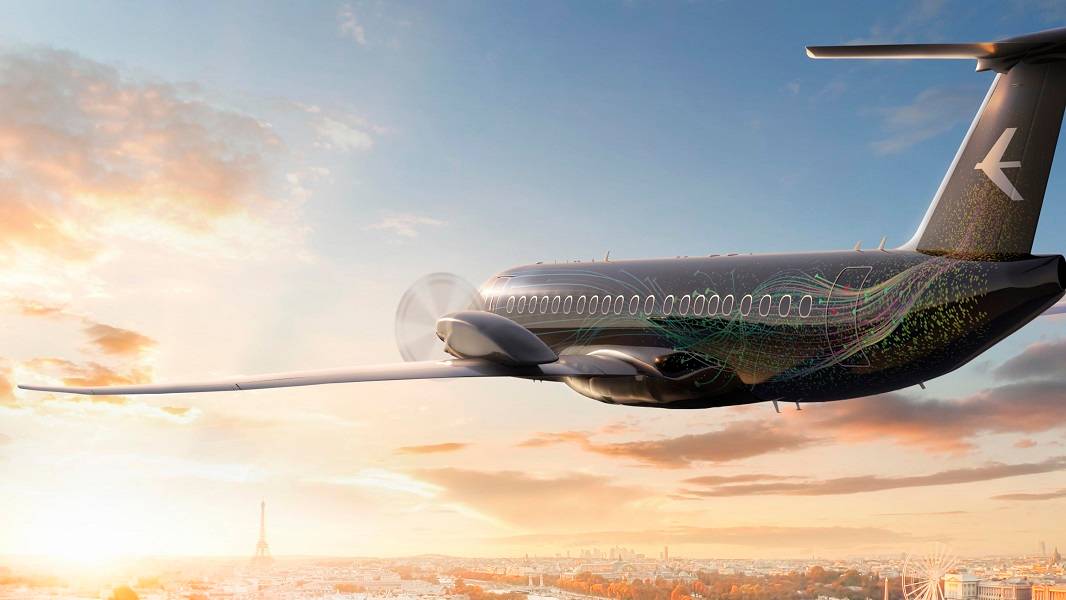
Meanwhile, Embraer has announced its intentions to return to the turboprop world. They have cited an expected shift towards efficiency and lower emissions. A lowered carbon footprint is one reason why turboprops could be about to make a return. Which puts the Q400’s age in perspective, along with De Havilland’s potential production-shifting plans…
But Embraer are still years away from a finalized product. From Russia, there is Ilyushin’s brand new Il-114-300, which should enter service fairly soon. But it has a couple of issues. Firstly it’s Russian, which makes it less desirable to many, for political or supply/support reasons. Secondly, it’s not really new. It will be Russian-built, but other than uprated engines and EFIS instruments, it, too, is a 1980s design.
![[Sort Of] New IL-114-300 Makes Maiden Flight](https://mentourpilot.com/wp-content/uploads/2020/12/il-114-300.jpg)
There are no other movers in the turboprop world today. But eventually, this will have to change. Whatever De Havilland Canada does with its Q400 production, small, efficient aircraft promise to make a return. And in the longer term, electric/hybrid projects are increasing in numbers, rather quickly…



